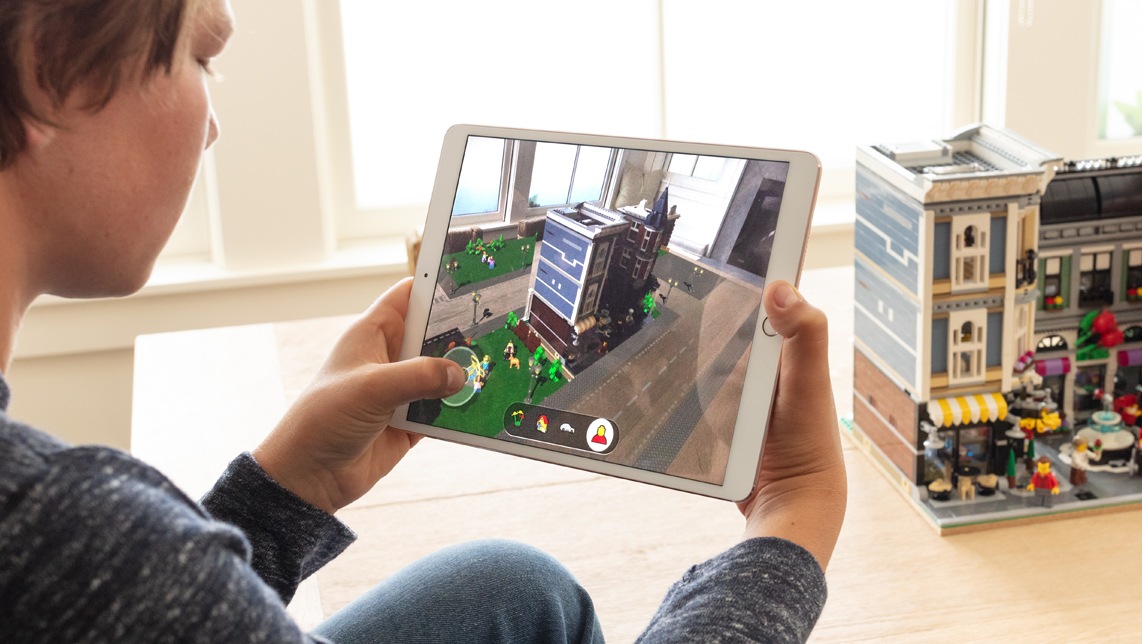Apple announced the latest update to its augmented reality platform ARKit 3 at WWDC 2019. The latest version brings some new features such as motion capture, multiple facial recognition, simultaneous use of front and rear cameras and much more. However, not every iPhone and iPad will support the new features.
Apple has been investing a lot of money in the development of augmented reality for years - the results in the third version are impressive. ARKit 3 offers developers completely new possibilities - thanks to motion capture, motion detection will no longer be a problem in the future. Thanks to the update, the front camera should be able to recognize and process up to three faces at the same time - it will also be possible to use both cameras at the same time in the future. But which devices will benefit from these innovations?
During a developer session on the new ARKit platform, Apple revealed additional details about compatibility today. ARKit 3 can only be used on iPhone or iPad models with at least an A12 Bionic processor or newer. So far, ARKit has been supported on iOS devices dating back to the iPhone 6S or 5th generation iPad. The details can be found on Apple's developer website.
The description states the following:
“People occlusion and the use of motion capture, simultaneous front and back camera, and multiple face tracking are supported on devices with A12/A12X Bionic chips, ANE, and TrueDepth Camera”.
This means that the latest and best ARKit features are supported by the iPhone XS, iPhone XS Max, iPhone XR and the two iPad Pro models from 2018. This even excludes the iPhone X. Of course, this is a relatively big limitation, but it makes sense when you consider the power required by all these new ARKit 3.0 features.
Apple describes ARKit 3 as follows:
AR apps can now naturally place virtual objects in front of or behind people, leveraging human movements and poses for new and more immersive experiences. (Image: Apple)




